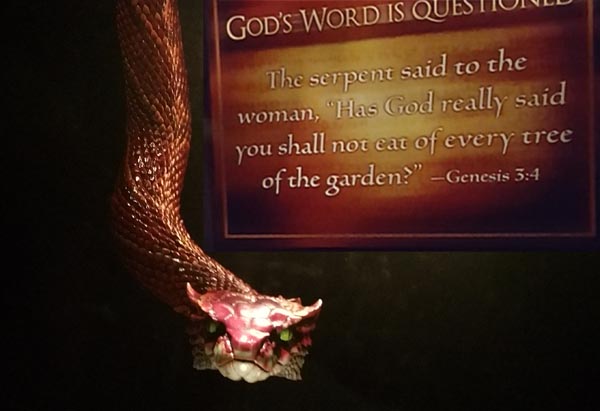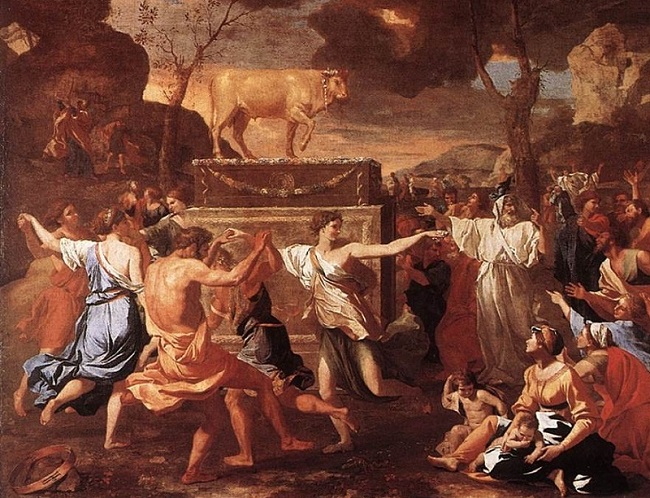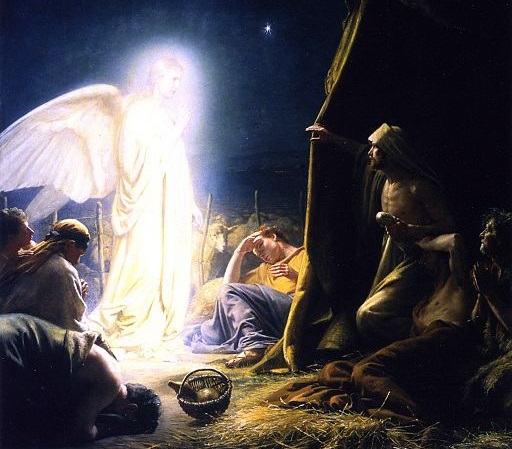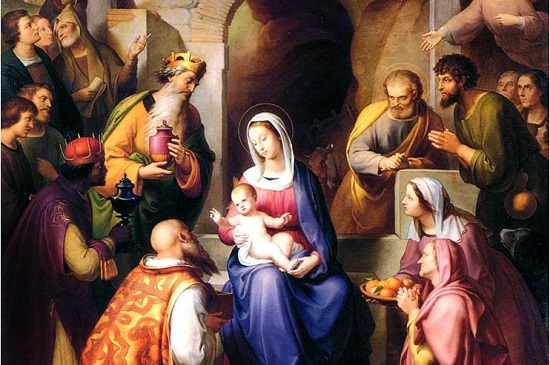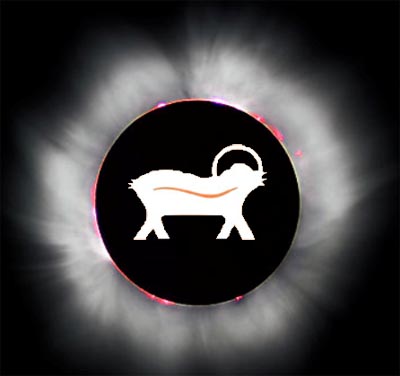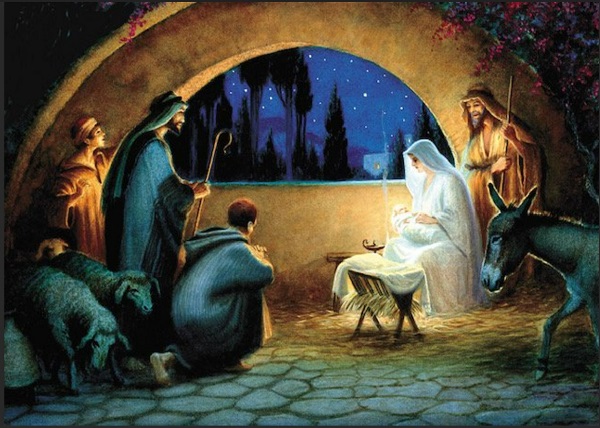
A Christmas Meditation
Some theologians point out a paradoxical truth regarding the first Christmas: while we tend to think many were aware of what was happening that first Christmas and were there to see it, from gospel descriptions it seems not many people knew what was happening. So few celebrated or worshipped during that first Christmas. Think about it. Besides Mary and Joseph and the heavenly hosts who told the shepherds, who was aware that the King of kings was being born as a baby in Bethlehem that first Christmas? You have the shepherds, Anna and Simeon (who don’t see him until his presentation at the temple Luke 2.21,27), and the wisemen. And you can argue that since by the time the Magi arrive the Messiah was no longer an infant (βρεφος brephos Luke 2.12 cf. Luke 1.41) but a young child (παιδιον paidion Matt 2.8), they probably weren’t there the first Christmas either. They came later. Continue Reading

